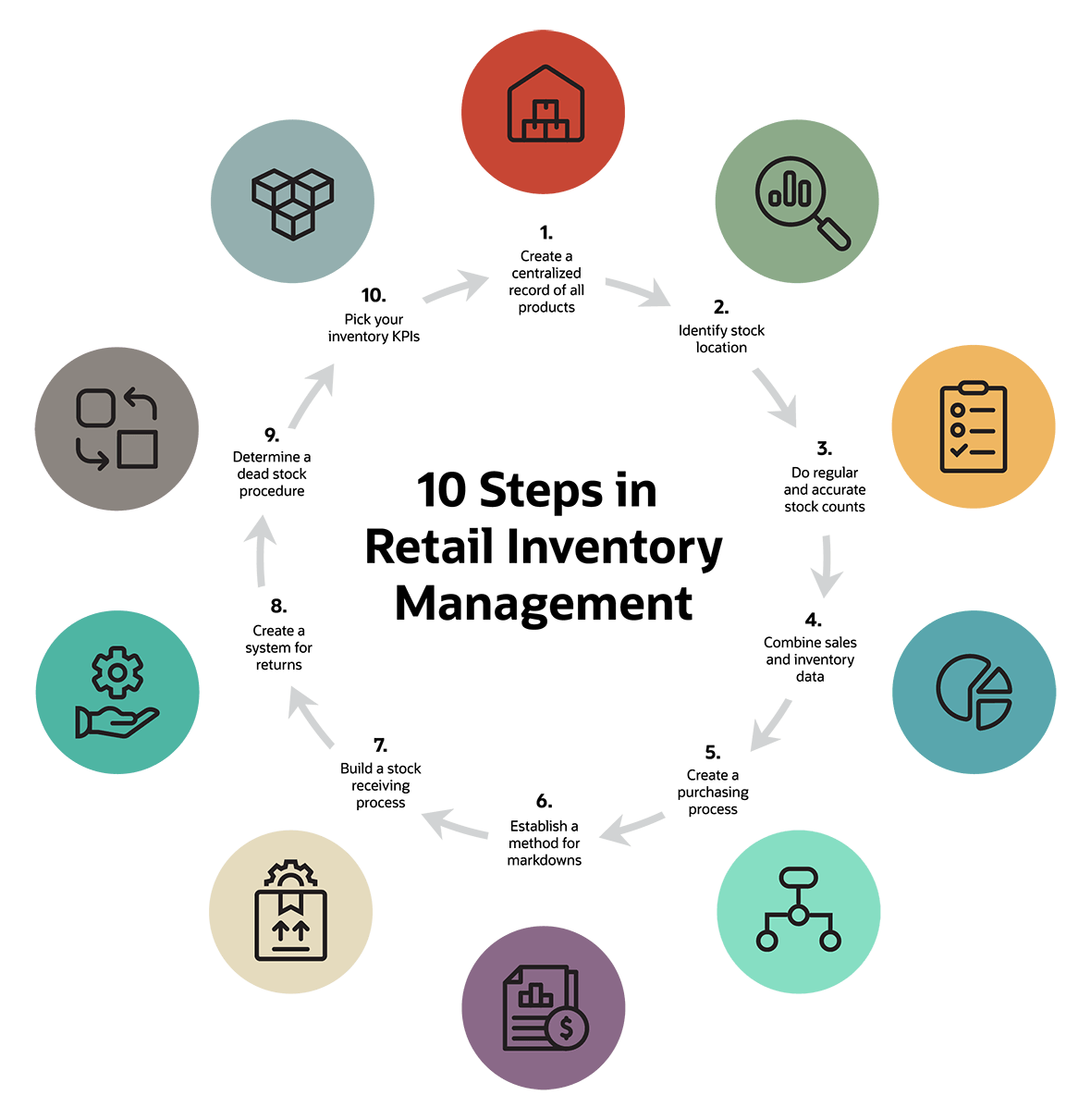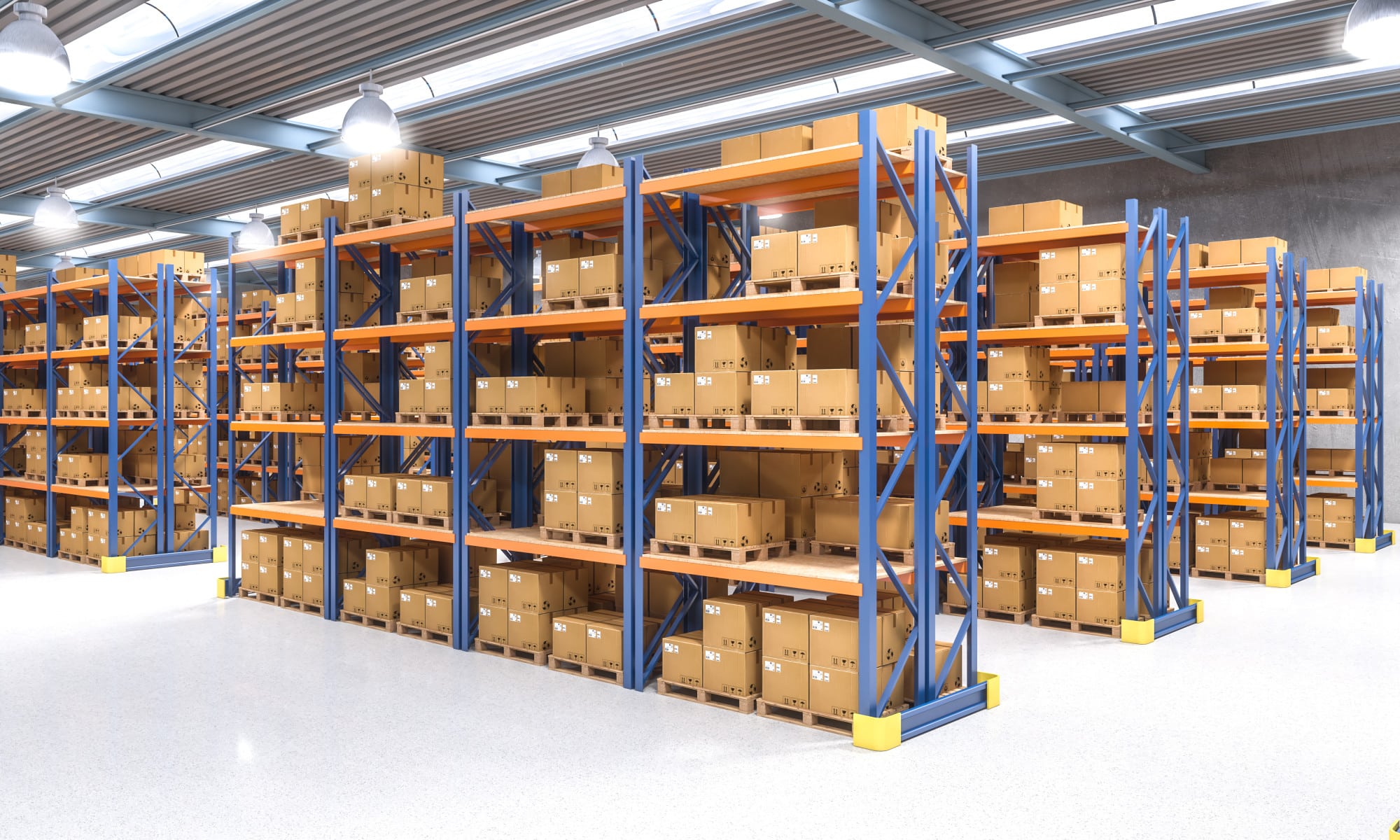Heavy-Duty Push Back Warehouse Racking: Optimize Storage For Efficient Inventory Management
Warehousing and storage pose various challenges in managing inventory efficiently. Heavy-duty push back warehouse racking emerges as a solution to these hurdles. Dive into the world of optimized storage and discover how it revolutionizes warehouses.

Pain Points of Storage Management
Inventory management bottlenecks often stem from inadequate storage systems. Warehouses face difficulties with space optimization, accessibility issues, and inefficient inventory flow. These pain points result in lost time, increased costs, and reduced productivity.

The Power of Push Back Racking
Heavy-duty push back warehouse racking redefines storage by maximizing space capacity and enhancing inventory flow. Pallets are stored on carriages that roll back and forth on inclined rails. Upon unloading a pallet, the remaining stock automatically adjusts, creating a first-in, first-out (FIFO) system.

Optimizing Inventory Management
Push back racking directly addresses the challenges of storage management. It solves space constraints by allowing for high-density storage, maximizing warehouse capacity. The FIFO system ensures that goods are retrieved in the order they were stored, eliminating inventory obsolescence and spoilage. Furthermore, the smooth operation of the carriages reduces labor costs and improves overall operational efficiency.

Types and Applications of Push Back Racking
Heavy-duty push back warehouse racking comes in various types, each tailored to specific storage needs. Light-duty racking is suitable for low-volume or light-weight inventory. Medium-duty racking handles moderate loads and is used in various industries. Heavy-duty racking accommodates high-capacity pallets and heavy items, commonly found in manufacturing and distribution centers.

History and Evolution
The concept of push back racking originated in the early 1900s as a simple manual system. Over time, technological advancements have transformed it into an automated and efficient storage solution. Modern push back racking utilizes gravity-fed rails and motorized carriages, enhancing operational efficiency and safety.

Hidden Secrets of Push Back Racking
Beyond its practical benefits, push back racking harbors hidden secrets that enhance storage operations. It’s an earthquake-resistant storage solution, minimizing damage to inventory during seismic events. Additionally, push back racking reduces fire hazards as the pallets are stored away from aisles, limiting the spread of flames.

Recommendations for Implementation
To maximize the benefits of heavy-duty push back warehouse racking, consider these recommendations. Choose a reputable manufacturer to ensure quality and durability. Determine the appropriate type of racking based on your storage needs. Conduct proper site planning to optimize space utilization and workflow. Implement safety measures to prevent accidents and ensure a secure work environment.

Racking Design Considerations
The design of push back racking plays a crucial role in its effectiveness. Factors to consider include the weight capacity of the pallets, the height and depth of the racking, and the aisle width. Proper design ensures stability, accessibility, and efficient inventory flow.
Tips for Effective Use
Maximize the efficiency of your push back racking with these tips. Train operators on proper loading and unloading procedures to avoid damage to the racking and inventory. Implement regular maintenance to ensure smooth operation and prevent breakdowns. Consider using inventory management software to track inventory levels and optimize stock rotation.
Advantages of Push Back Racking
In summary, heavy-duty push back warehouse racking offers numerous advantages. It increases storage capacity, improves inventory flow, reduces labor costs, and enhances safety. Its earthquake resistance and fire safety features provide added peace of mind. Push back racking is an indispensable tool for efficient inventory management in various industries.
Fun Facts about Push Back Racking
Did you know that push back racking can accommodate up to 10 pallets deep? This high-density storage capability allows for exceptional space optimization. Additionally, push back racking is designed to withstand forklift impacts, ensuring durability and longevity in demanding warehouse environments.
Case Study: Warehouse Transformation
In a real-world example, a manufacturing company implemented push back racking in their warehouse. The results were astounding. They increased their storage capacity by 30%, reduced inventory retrieval time by 25%, and saved 15% on labor costs. The improved inventory management led to increased productivity and customer satisfaction.
What If Scenarios: Exploring Alternatives
Consider the following what-if scenarios related to push back racking. What if I don’t have enough space for push back racking? Explore alternatives such as pallet flow racking or vertical lift modules. What if I need to store heavy or bulky items? Heavy-duty push back racking can accommodate loads exceeding 2,000 lbs per pallet. What if I want to automate my racking system? Automated storage and retrieval systems (AS/RS) offer advanced inventory management capabilities.
Listicle: Benefits of Push Back Racking
To summarize the benefits of heavy-duty push back warehouse racking, here’s a listicle:
– Maximizes storage capacity
– Enhances inventory flow
– Reduces labor costs
– Improves safety
– Earthquake-resistant
– Fire safety features
– Durable and long-lasting
Question and Answer
Q: How do I choose the right type of push back racking for my warehouse?
A: Consider the weight capacity of your pallets, the height and depth of the racking, and the aisle width required.
Q: What is the benefit of the FIFO system in push back racking?
A: The FIFO system ensures that goods are retrieved in the order they were stored, eliminating inventory obsolescence and spoilage.
Q: Can push back racking be used in cold storage environments?
A: Yes, push back racking is available in cold storage configurations to maintain optimal temperatures for perishable goods.
Q: How often should I inspect my push back racking system?
A: Regular inspections are crucial to ensure safety and prevent accidents. Consult the manufacturer’s recommendations for inspection frequency and procedures.
Conclusion of Heavy-Duty Push Back Warehouse Racking: Optimize Storage For Efficient Inventory Management
Heavy-duty push back warehouse racking revolutionizes storage management by maximizing space capacity, enhancing inventory flow, and reducing labor costs. Its FIFO system, earthquake-resistance, and fire safety features contribute to its effectiveness. By choosing the right type of racking, following best practices, and considering alternatives when necessary, businesses can unlock the full benefits of push back racking and achieve efficient inventory management in their warehouses.